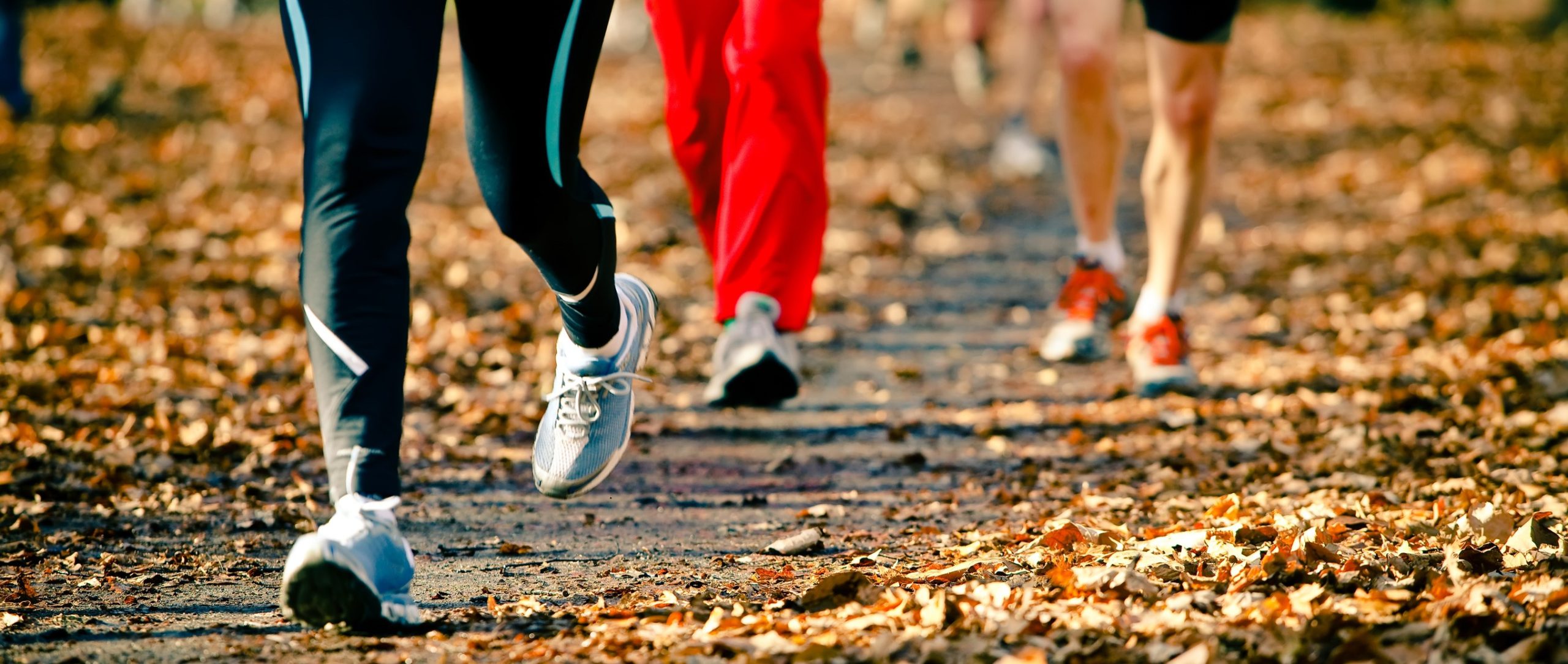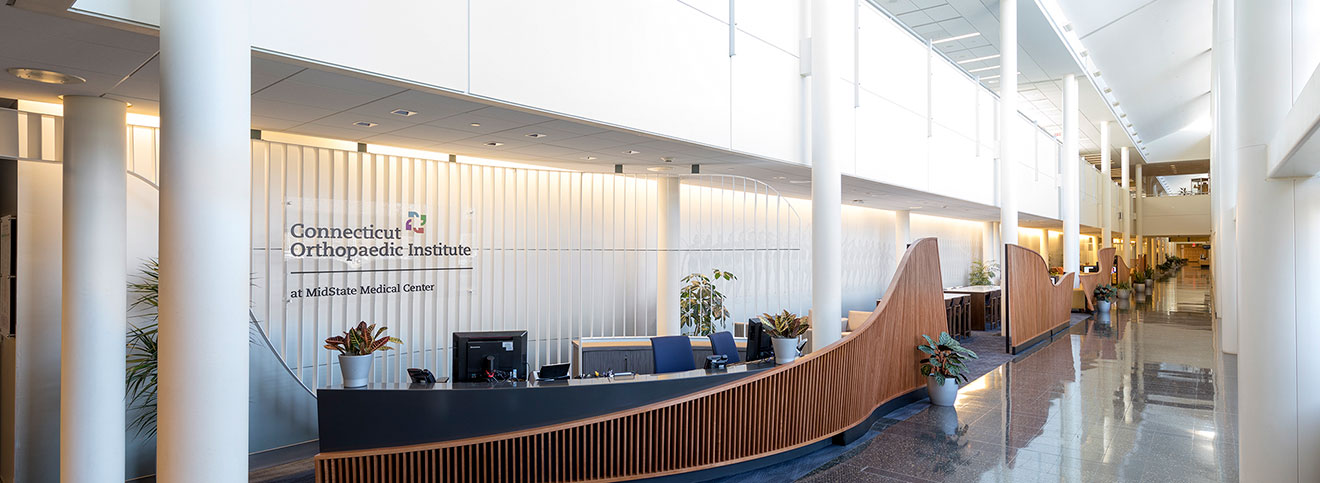Thanksgiving morning road races, or turkey trots, have quickly become a staple of many family holiday celebration. They’re so popular that Thanksgiving has become the biggest race day of the year.
Whether you’re a seasoned pro or a first-timer, it’s important to prepare before you turkey trot to avoid injury, particularly to your feet and ankles.
Paulina Piekarska, DPM, a foot and ankle surgeon with Connecticut Orthopaedic Institute (COI) at St. Vincent’s Medical Center in Bridgeport, shares a few injury prevention tips for the big race.
> Connect with a sports injury specialist at COI at St. Vincent’s Medical Center
Make sure to warm-up
As tempting as it can be to hop out of the car and right into the race, Dr. Piekarska advises against it.
“One of the best ways to prevent injuries leading up to a race, and I cannot stress this enough, is a solid warm-up and stretching routine,” Dr. Piekarska said. “Running a race puts strain on the body so make sure you are ready and able to handle this by warming up and slowing down gradually.”
Some easy warm-ups for your feet and ankles that can you do before your turkey trot include:
- Heel raises: Raise your heels off the floor, keeping all of your weight in your toes. Slowly lower back down and repeat.
- Toe raises: Standing on both feet, rock back on your heels, raising your toes off the floor. Slowly lower back down and repeat.
- Single leg balance: Stand on one leg for 30-60 seconds using as little support from the upper body as possible.
> Related: Five Reasons to Swap Cranberries for Pumpkin Spice This Fall
Shoes matter
It may not seem like a big deal, but do your research before buying running shoes. A good pair of running shoes can have a big impact, not only your performance, but also helping to prevent injury.
“You need something that is comfortable, has shock-absorbing ability and won’t cause blisters,” said Dr. Piekarska.
A shoe store may be able to help you pick the perfect-fitting sneakers for your feet, but in general make sure your shoe of choice:
- Doesn’t chafe anywhere.
- Doesn’t allow your heel to slip.
- Allows your to comfortably wiggle your toes.
- Supports your arches
> Related: 4 Ways to Avoid a Visit to Urgent Care on Thanksgiving
When to see a doctor
The most common injuries that Dr. Piekarska sees are ankle sprains and heel pain, but those rarely require surgery to correct.
When foot and ankle pain starts to limit your daily activities or becomes constant, it’s time to see a doctor.
“It’s imperative that our patients get evaluated by a specialist to prevent a seemingly benign issue from becoming chronic and affecting their lifestyles,” she said.



